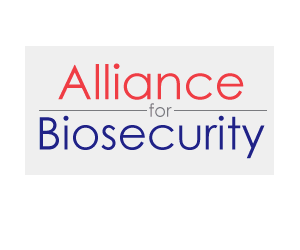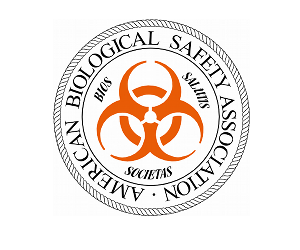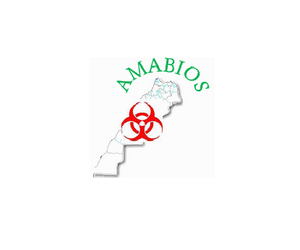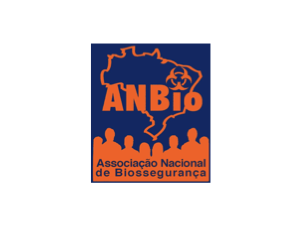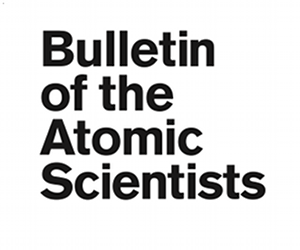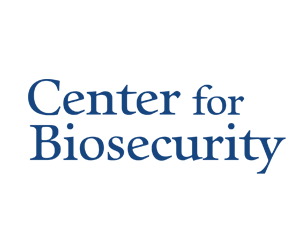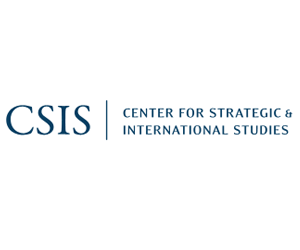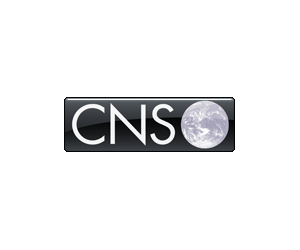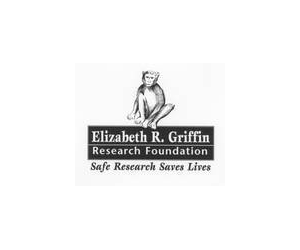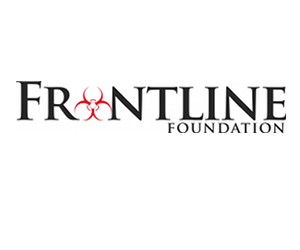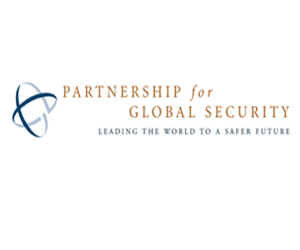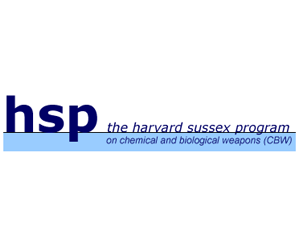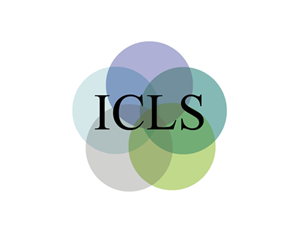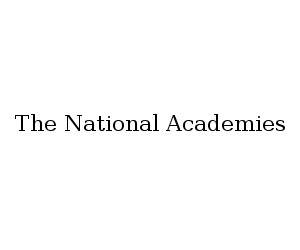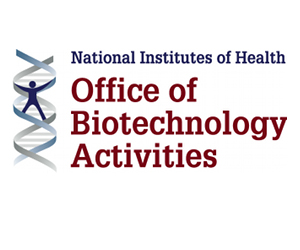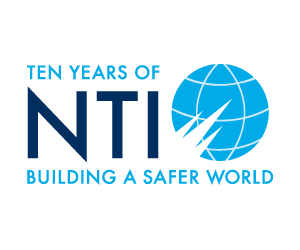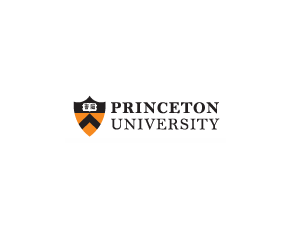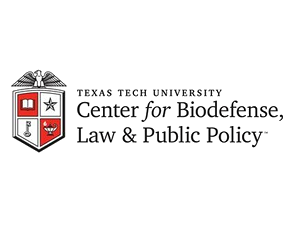Browse By Region
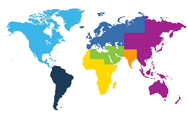
Browse By Category
Recent News
By Category: Policy & Initiatives
Scientists call for 60-day suspension of mutant flu research
(Nature.com) As controversy rages around the scientists who created mutant strains of the H5N1 avian influenza virus, leading flu researchers have called for a 60-day voluntary pause on such work. The call comes in a statement jointly published today in Nature (R. A. M. Fouchier et al. Nature 481, 443; 2012) and Science. On 20 Read More »
- January 23, 2012
- | Filed under Europe, North America, Policy & Initiatives, and Research
US virologists ask NSABB to reconsider H5N1 decision
(CIDRAP) The letter, sent to the National Science Advisory Board for Biosecurity (NSABB) on Jan 18, was signed by virologists from US universities, according to a report today from ScienceInsider, the online news service of Science. The NSABB made its ruling …
- January 23, 2012
- | Filed under Europe, North America, Policy & Initiatives, and Research
More labs close to deadly bird flu mutations: researcher
(Reuters) The request by the U.S. National Science Advisory Board for Biosecurity has set off an intense debate about how to balance the free flow of scientific information against the threat of an “Armageddon” weapon if that research falls into the wrong hands. In a statement to Reuters, Science said that its “editors are optimistic Read More »
- January 20, 2012
- | Filed under North America, International, Policy & Initiatives, and Research
Balancing scientific freedom and national security
(EurekAlert!) The U.S. government’s request that the journals Science and Nature withhold scientific information related to the genetically modified H5N1 virus because of biosecurity concerns does not violate the First Amendment, say two Georgetown University professors. They caution, however, that a fair, transparent process undertaken by research organizations is preferable to governmental constraints on disseminating Read More »
- January 20, 2012
- | Filed under North America, Policy & Initiatives, and Research
Just Released: Clinicians’ Biosecurity Resource App
(Center for Biosecurity of UPMC) The Center for Biosecurity has just launched the Clinicians’ Biosecurity Resource (CBR) iPhone app, which is available at no charge through the iTunes App Store. The most dangerous potential biothreats: CBR provides rapid access to the information clinicians need to recognize disease caused by the most dangerous potential bioweapons and Read More »
- January 19, 2012
- | Filed under North America, Agents & Toxins, Countermeasures, Policy & Initiatives, and Public Health

